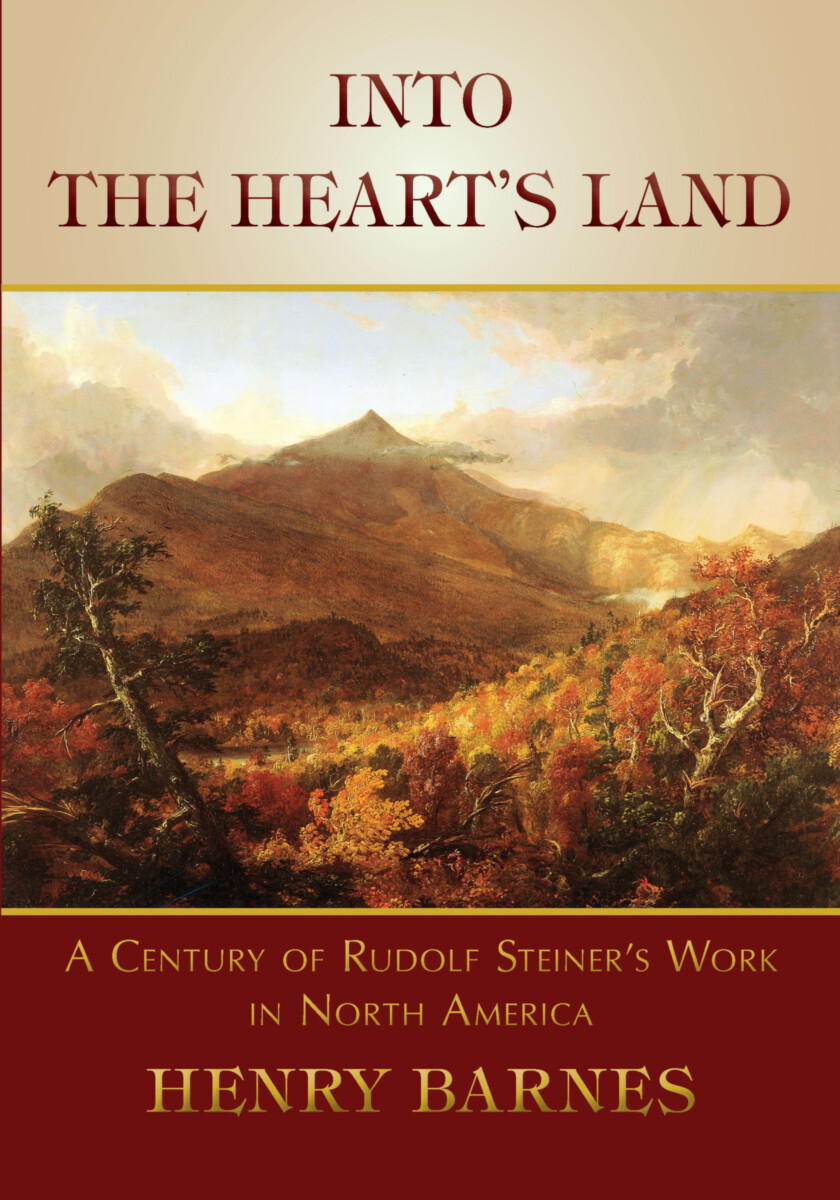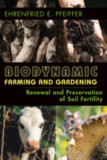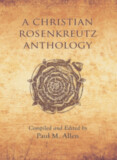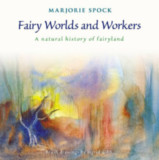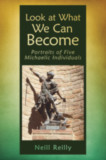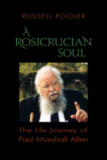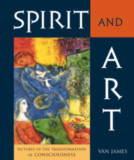Into the Heart's Land
A Century of Rudolf Steiner's Work in North America
- Publisher
SteinerBooks - Published
9th May 2013 - ISBN 9781621480341
- Language English
- Pages 686 pp.
- Size 7" x 10"
“The actual victor is the being of the Anglo-American peoples, and, as a result of forces that I have often described here, this being of the Anglo-American peoples is destined to dominate the world in the future.... The transfer of external dominion will take place with the relentlessness of a force of nature.... Already inscribed in the book of human destiny is the question: Will there be a sufficient number among those impelled to assume external dominion, as though by a force from outside, who feel a responsibility for inserting into this entirely external, materialistic dominion—for that is what it will be, make no mistake—an impetus for spiritual life?” — Rudolf Steiner (Dec. 14, 1919)
Henry Barnes presents a comprehensive view of the development of the anthroposophic movement in North America. During its initial phase in the early 1900s, Americans began to return from Europe with word of an individual who spoke about the spiritual world from direct experience. The first spritual-scientific initiatives began in New York in the 1930s and spread across the prairies to the West Coast and beyond—to Canada, Mexico, and Hawaii—taking root in the hearts and minds of the “new world.”
This is the story of those adventurous spirits who took responsibility for bringing the work of Rudolf Steiner to North America—in the form of study groups, lecture tours, a library, publishing ventures, artistic renewal, anthroposophically extended medicine, biodynamic agriculture, threefold social initiatives, Waldorf schools, The Christian Community, Camphill villages, and more.
In broad sweeps and intimate details, Into the Heart’s Land covers—in three, thirty-three-year phases—the movement’s first impulse and building the foundations (1900–1933); making roots (1933–1967); and new growth and bearing fruit (1967–2000).
The last part of the book takes up enduring themes at the heart of the anthroposophic movement, current initiatives, and, finally, includes a section on looking toward the future of Anthroposophy in North America.
Throughout this volume, these questions always hover: How has Anthroposophy fared in the New World? To what extent has it recognized the reality of the spirit and the essential role of a truly free and independent spiritual and cultural life?
C O N T E N T S:
Foreword
Introduction
PART ONE: AN IMPULSE IS BORN: 1900–1933
1. The First American Anthroposophists: The Messengers
2. Rudolf Steiner at the Turn of the Century
3. North America at the Turn of the Nineteenth and Twentieth Centuries
4. Rudolf Steiner: The Later Years
5. Henry Monges and the Foundation of the Anthroposophical Society in America
6. Irene Brown
7. Arvia MacKaye Ege
8. Olin D. Wannamaker
9. Ralph Courtney and the Threefold Social Impulse
10. Marjorie Spock
11. Eurythmy in America
12. Anthroposophically Extended Medicine
13. Weleda in America
14. A New Art of Education
PART TWO: TAKING ROOT, 1933–1967
15. The First Summer School and a Personal Interlude
16. From Coast to Coast: The First Transcontinental Tour
17. Paul Marshall Allen: The First American-Born Anthroposophical Lecturer
18. Serving the Earth: Biodynamic Agriculture in North America
19. Ehrenfried Pfeiffer
20. Anthroposophy in California
21. Chicago, the Midwest, and Texas
22. Denver
23. Life Begets Life: Initiatives in North Carolina
24. Anthroposophy in Hawaii
25. The Anthroposophical Movement in Canada
26. Anthroposophy in Mexico
27. Sylvester Morey, Alfred Barten, and the Myrin Institute
28. Stewart C. Easton
29. Crises and Seeds of Renewal in the Anthroposophical Society
30. Twentieth-Century Destinies
31. From Goethe’s Bicentennial to Rudolf Steiner’s Centennial
32. Religious Renewal: The Christian Community
33. Camphill: Healing Education for Those in Need of Special Care
34. Anthroposophical Nurses Association
35. The Rudolf Steiner Foundation: A Social Initiative
36. Publications
37. Publishers
PART THREE: NEW GROWTH: 1967–2000
38. A New Generation
39. Regionalization
40. The Conference of 1981 and the Sale of 211 Madison Avenue
41. A Riddle of Destiny
42. Dietrich Asten: His Death and the 1984 Members’ Conference
43. The Rudolf Steiner Library
44. The Fellowship Community
45. Hawthorne Valley: Agriculture, Education & the Arts
46. Sunbridge College
47. Carl Stegmann and The Other America
48. Rudolf Steiner College
49. Anthroposophy in Academia
50. Natural Science from a New Perspective
51. Spiritual Psychology: Meeting a Fundamental Need of Our Time
52. Mathematics, Astronomy, Astrosophy
53. Spacial Dynamics
54. New Century Bank
55. Anthroposophical Prison Outreach
PART FOUR – ENDURING THEMES
56. Anthroposophical Group Life
57. The School of Spiritual Science
58. Anthroposophy and Art in America
PART FIVE – LOOKING TO THE FUTURE
59. Current Initiatives
60. Closing Thoughts and a Look Ahead
Notes
Bibliography, References & Suggested Reading
Appendices
Index
Henry Barnes
Henry Barnes (1912–2008) was born in New York City, attended Lincoln School of Teachers’ College and obtained his B.S. degree from Harvard College in 1933. He went on to Waldorf teacher training in Stuttgart until 1934. From 1935 until 1939, be was a class teacher at New School, Michael Hall, England. Mr. Barnes and Christy MacKaye were married on September 5, 1939, in Dornach, Switzerland, after which he returned with her to New York City. There, he was a class teacher at Rudolf Steiner School from 1940 until 1943, when he entered the U.S. Army until after the war in 1946. Mr. Barnes returned to the Rudolf Steiner School as a class teacher and high school history teacher, which he continued until 1977. During that time, he was also a faculty chairperson. From 1974 until 1991, Mr. Barnes was the general secretary of the Anthroposophical Society in America. He was the author of A Life for the Spirit: Rudolf Steiner in the Crosscurrents of Our Time (1997); Percy Mackaye: Poet of Old Worlds and New (2000); and Into the Heart’s Land: A Century of Rudolf Steiner’s Work in North America (2005).


